NITECORE TIKI Review
The NITECORE TIKI is lightweight enough to carry anywhere, bright and durable for use while traveling, and its price won’t break the bank.
Our Verdict
Save time. Get access to brief summaries of our reviews so you can browse and make decisions more efficiently.
Pros
- Three modes for multiple activities
- End loop attaches easily to other gear for portability
- IP66 rating protects from bumps and spills
Cons
- Less bright compared to similar flashlights
- Plastic construction feels cheap
- Power button and charging cover small and hard to access
Technical Details
-
Weight (oz)
0.42 oz (11.9 g)
-
Dimensions
2.16 in x 0.57 in x .57 in (5.5 x 1.4 x 1.4 cm)
-
Notable Materials
Plastic
-
Manufacturing Country
China
-
Warranty Information
Buying Options
Full Review
Get up to 15% off NITECORE • Join Pack Hacker Pro
We’ve been hands-on with a few NITECORE products in the past—from daypacks to flashlights—and every piece of gear has one thing in common: uniqueness. There’s almost always something new, exciting, or distinctive going on with their products. We’ve seen recommendations for their TIKI flashlight in our YouTube comments and we knew we had to try it. Let’s dive in!
The Rundown
A newer version of this product has a USB-C charging port. Apart from that, the light appears to have the same functionality.
We’ve been trying to find a similar object to compare the NITECORE TIKI to since we first got hands on it. After two weeks of rigorous testing, we’ve decided its size is close to that of a Sharpie pen cap. The light is a smidge wider, but their sizes are comparable.
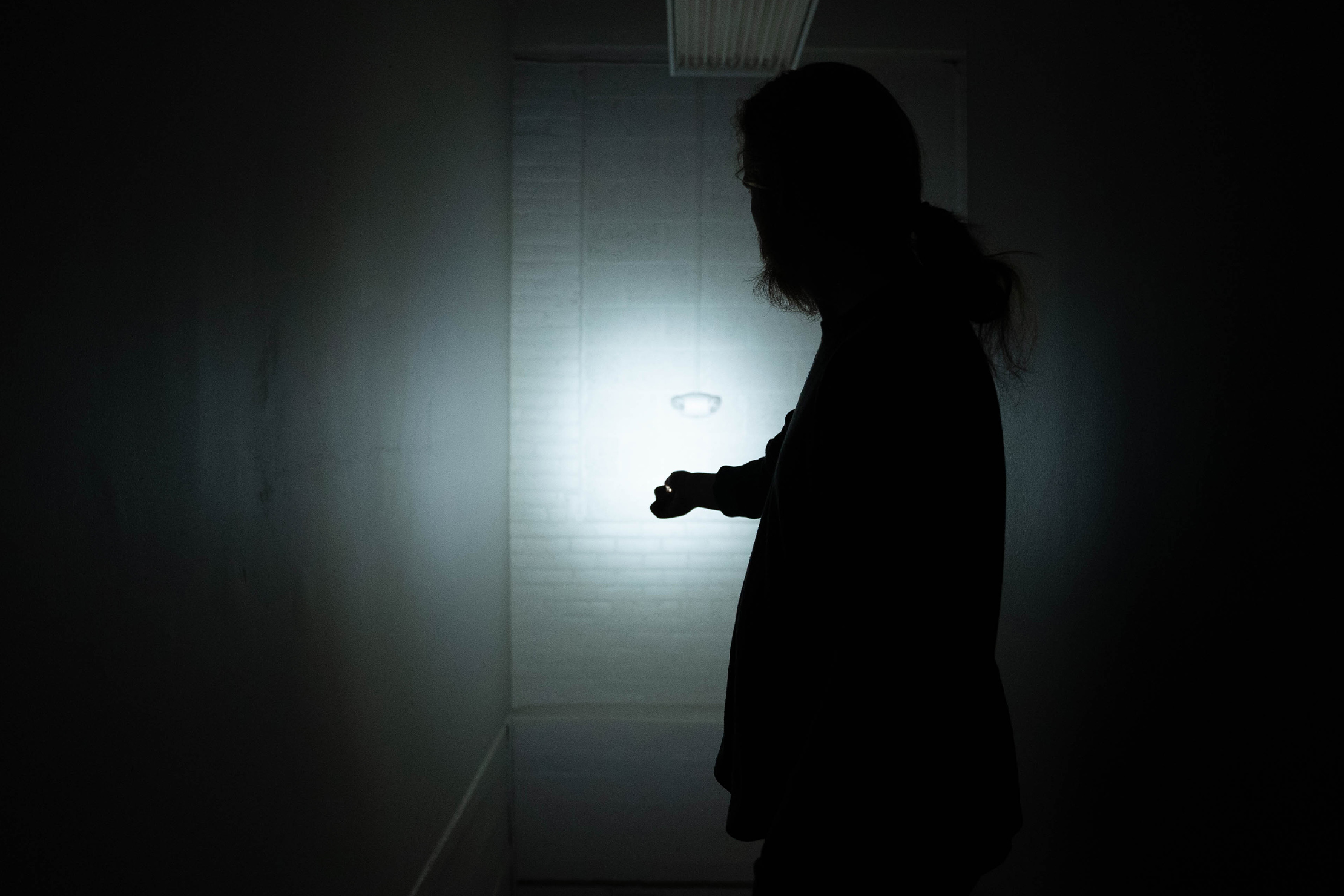
We’ve got both plastic and metal to work with here, which feels durable, but looks a bit cheap because it’s more plastic than metal. Aesthetically, it’s only a step or two above the $2 flashlights you’d pick up at the corner store; however, when it comes to performance, it’s radically better. Hold on—we’ll get there.
A ring on the back side attaches to a keychain, carabiner, or strap. According to NITECORE, this loop can withstand up to 30 kg, or 66 pounds, of force. We haven’t put that much weight on it, but we’ve had no issues with it breaking.
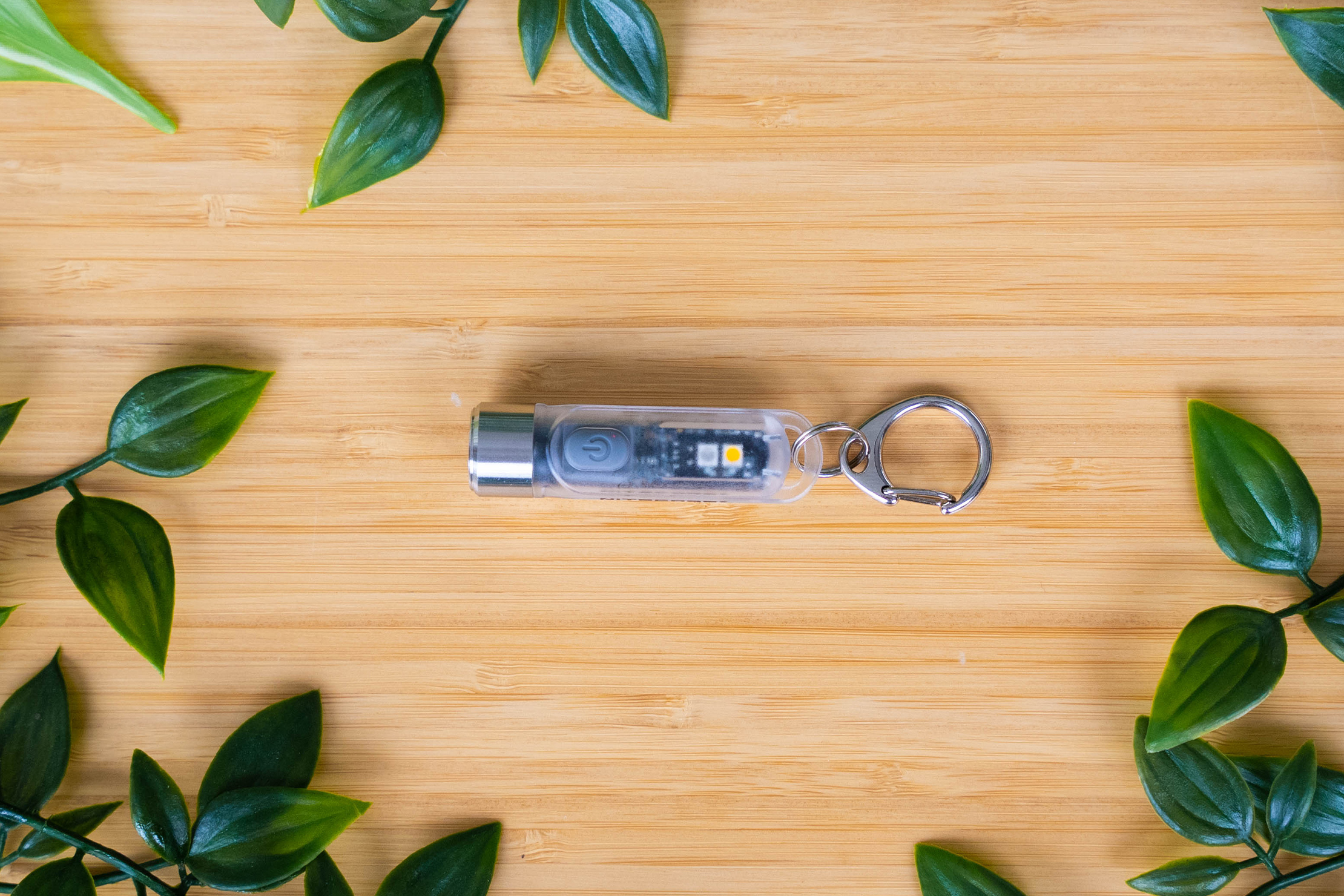
There’s a button on the top of the light to turn it on and a port cover on the backside. Both are crafted from a silicone-like material. If you have large fingers, pressing the button or opening the charging port can be challenging because they’re so small.
The TIKI has an IP66 rating, which will cover you for bumps, knocks, and spills while traveling. If you’re going on a more rugged weeks-long adventure through the wilderness, you might need something more sturdy, but this flashlight works wonders for most trips.
Since we’ve covered the exterior, let’s review how to turn this on. There are three separate areas of functionality.
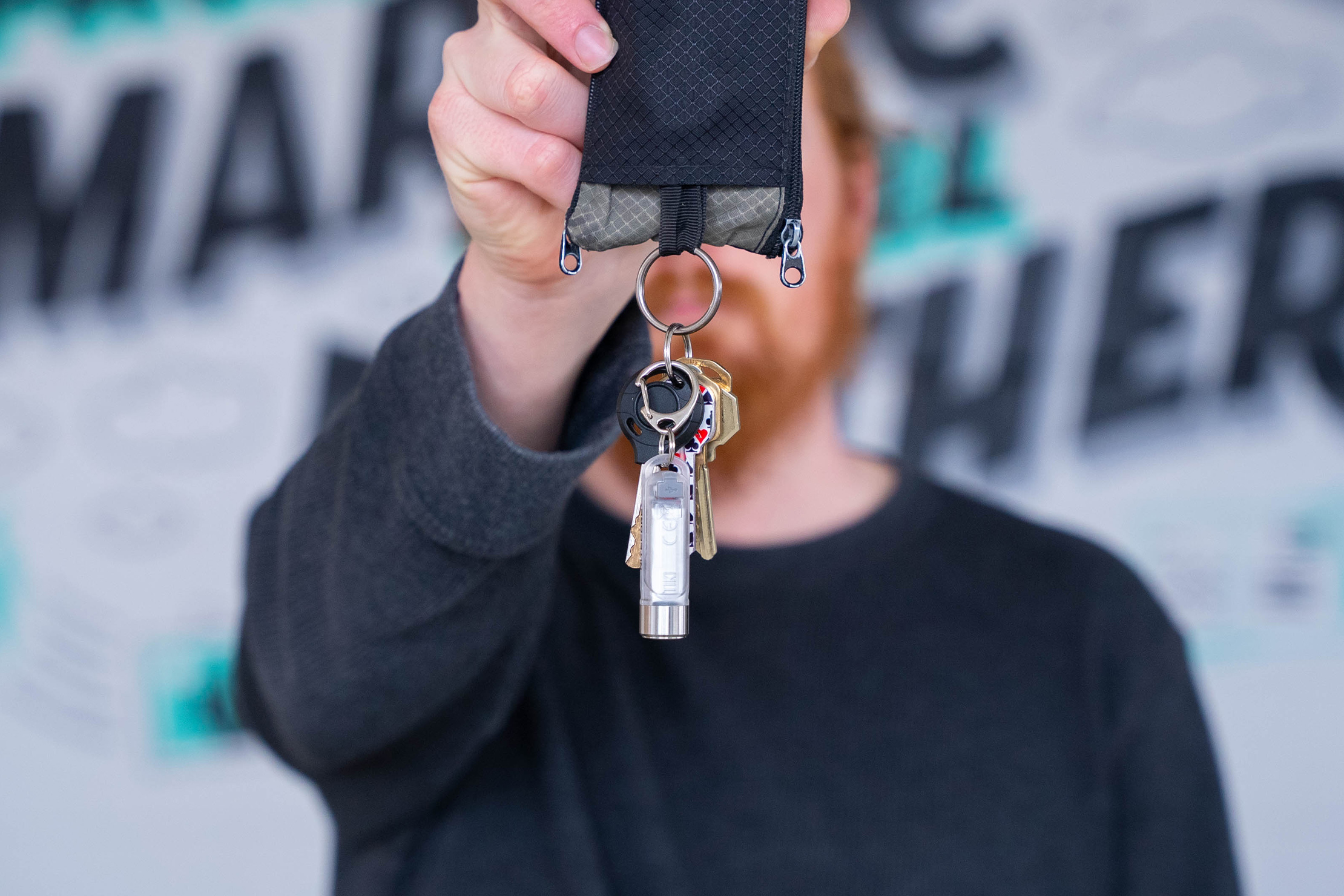
The first is for quick uses—dropping something under the seat on the train, quickly looking at a street sign on a walk, etc. Hold the power button for less than a second, and the main light will turn on full blast. It’ll stay on for as long as you hold the button and turns off when you release it. This is quick to do and doesn’t require much fiddling, even if it’s early morning to catch a flight, and you can’t be bothered with tinkering with the light.
Press the power button twice if you want to leave it on longer to turn the light to the lowest setting. Each click after that increases the brightness. There’s ultralow, the 1-lumen option; low, the 15-lumen option; mid, the 60-lumen option; and high, the 300-lumen option. They’re quick to cycle through, and each offers enough light for different activities. To turn the light off, hold the power button again.
Because you need to hit the button twice to turn it on completely, there’s less chance that the light will turn on in your daypack, sling, or pocket.
The last lighting option utilizes auxiliary lights. There are two of them—a regular and a UV light. Hitting the power button three times to engages the UV light, which isn’t very bright but can detect forged bills in some countries.
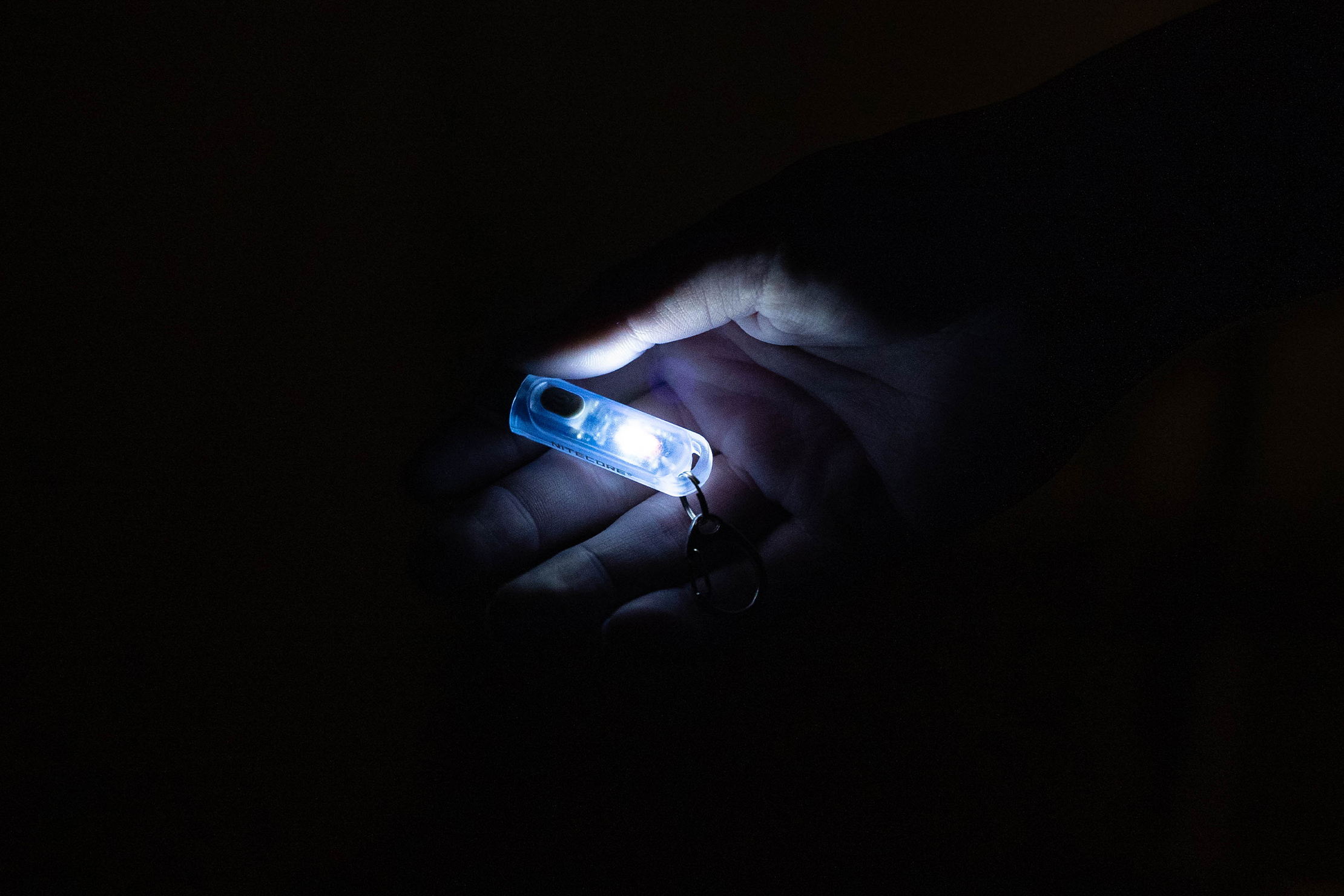
Another click will turn on the CRI white LED, which isn’t as bright as the primary light yet is suitable for reading or lighting a small space like a hostel bunk after dark. It’s also bright enough to be seen from a short distance if you walk at night.
If you click it again, the CRI white LED will start flashing. It isn’t like a strobe—the light flashes about once a second. This is handy for safely walking at night, too, or if you want to determine a point from a distance. Just leave the light there and hone in on its flash to return. No more getting lost on the beach at night!
One of the other TIKI models, the LE, has red and blue lights instead of the UV and LED auxiliary lights.
The 130 mAh battery on the TIKI has lasted throughout our testing period with daily use. According to NITECORE, it can last up to 40 hours of runtime.

When it finally does die, it charges using a micro-USB cable. This feels dated, as most of the world uses USB-C for its charging capabilities. However, most folks still have a micro-USB cable because many devices still use them. You can still use the flashlight while charging it, which is a bonus.
Packability
Earlier, we mentioned that the light is similar in size to a Sharpie cap. That might be a fun comparison, but what does it mean?
It’s small enough to fit entirely into the palm of your hand—which is nice for a morning run. It’s small enough to clench in your fist when the sun rises, although clenching may make you tired faster. It’s small enough to slide elsewhere if you’ve got a lot of road left before you get home.
It’s wider than a key, but it feels natural on a set of keys. It fits inside the key pocket on the Chums Surfshorts Wallet, which is a testament to its petite size.
The ring on the back of the light makes it easy to attach to just about anything. It works well connected to a key ring in a daypack or travel backpack, especially if yours is long enough to reach out of your pack.
Quick Comparison
We have a lot of experience with the NITECORE TINI 2, so we will compare the TIKI to that.
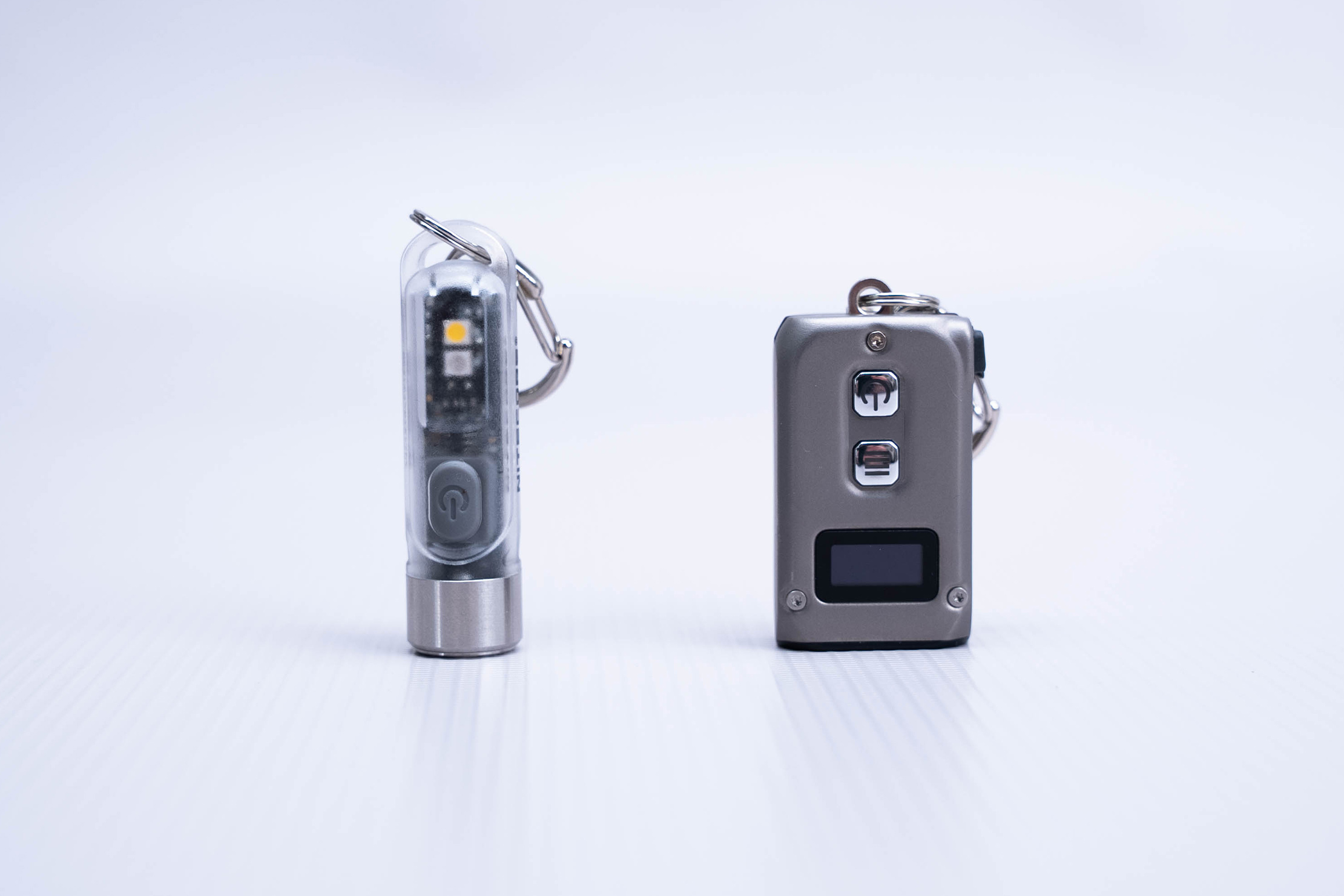
The TINI 2 maxes out at 500 lumens (compared to 300 lumens on the TIKI), has an OLED to show battery information, two buttons for control (compared to just one), and comes in at 26 grams (compared to 12 grams). So the TIKI isn’t quite as bright and has fewer buttons, but it weighs less than half what the TINI 2 does (the stainless steel model). Depending on how you like your electronics to work, one button might be more manageable.
The TINI 2 charges using USB-C, which might fit into your pack better. If you don’t have any other micro-USB devices, you’re making up for saved weight with a separate cable to charge the light. However, you shouldn’t need to charge the flashlight for a short trip.
The TINI 2 has five brightness settings (compared to the TIKI’s three). However, the TINI 2 has no secondary lights, which the TIKI has. The TINI 2 is crafted from stainless steel or titanium, depending on the model you go with, which feels more sturdy than the plastic construction we have here. However, the TINI 2 has just an IP54 rating (which is fine in its own right), whereas the TIKI’s plastic exterior boasts an IP66 rating. You’d think it would be the other way around, but we’re happy to know the TIKI will last a long time, even with the occasional bump or spill.

Overall, both lights are excellent, and it comes down to your personal preference for design, settings, and usage. What’ll it be, a Sharpie cap or a domino?
Usage Timeline
Condition: Excellent
- Plenty of modes to cycle through without being too confusing to operate
- The IP66 rating is helpful for more rugged adventures
- Curious whether the button will get bumped accidentally
Condition: Excellent
- Materials are surprisingly durable and can handle bumps and spills
- The button is small and can be challenging to use if you have big fingers
- Included clip is handy and hasn’t broken


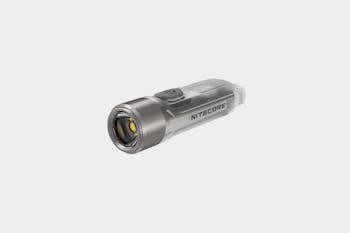
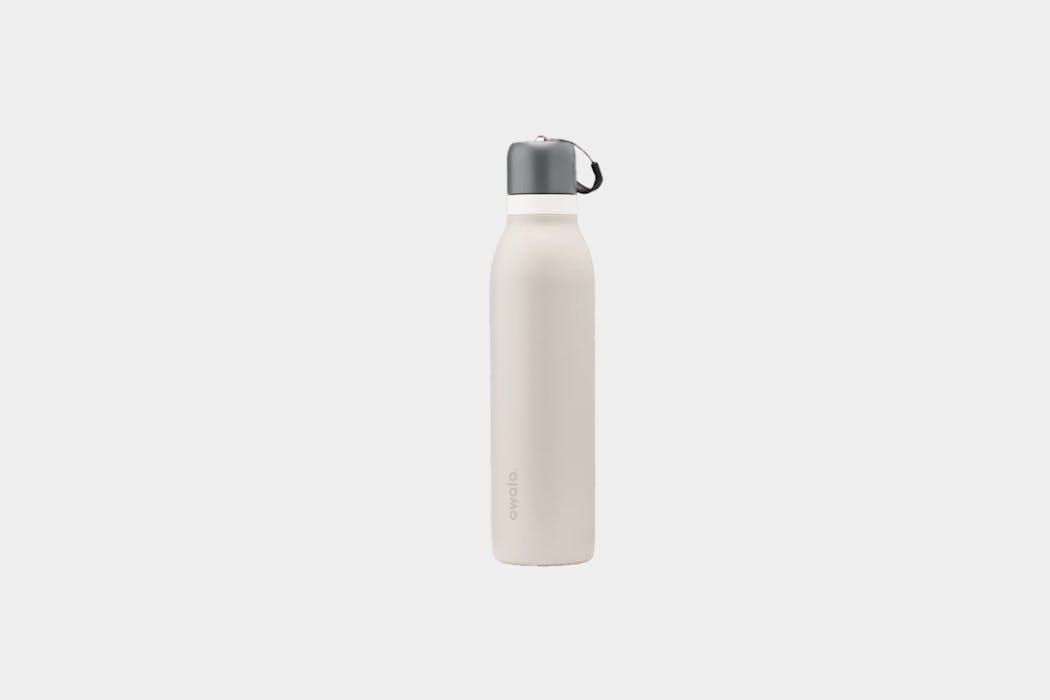

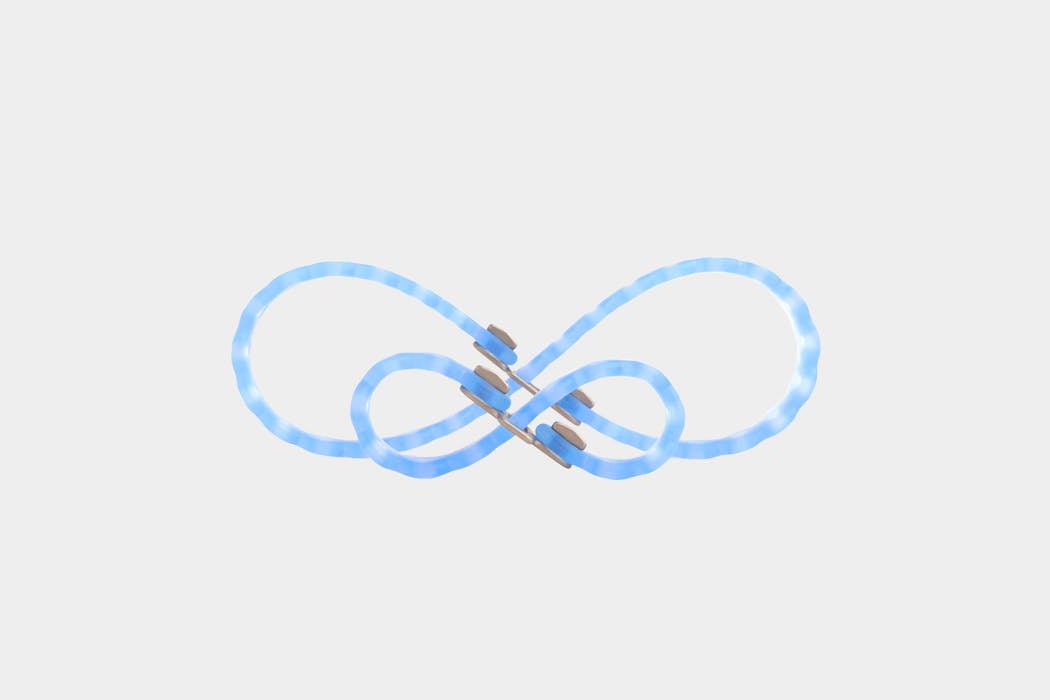

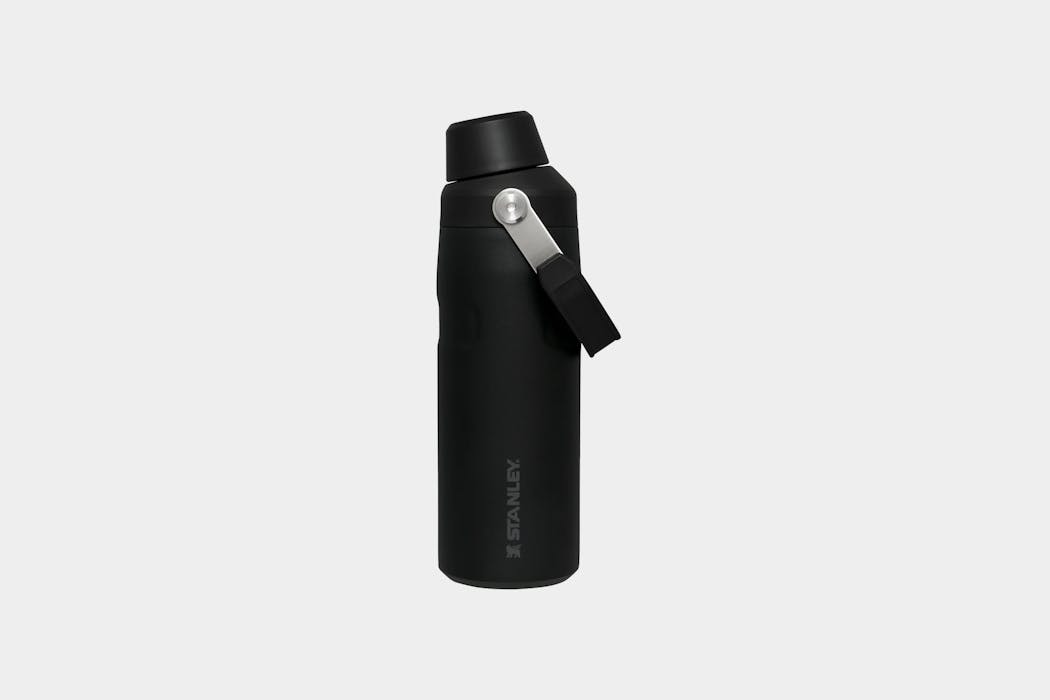
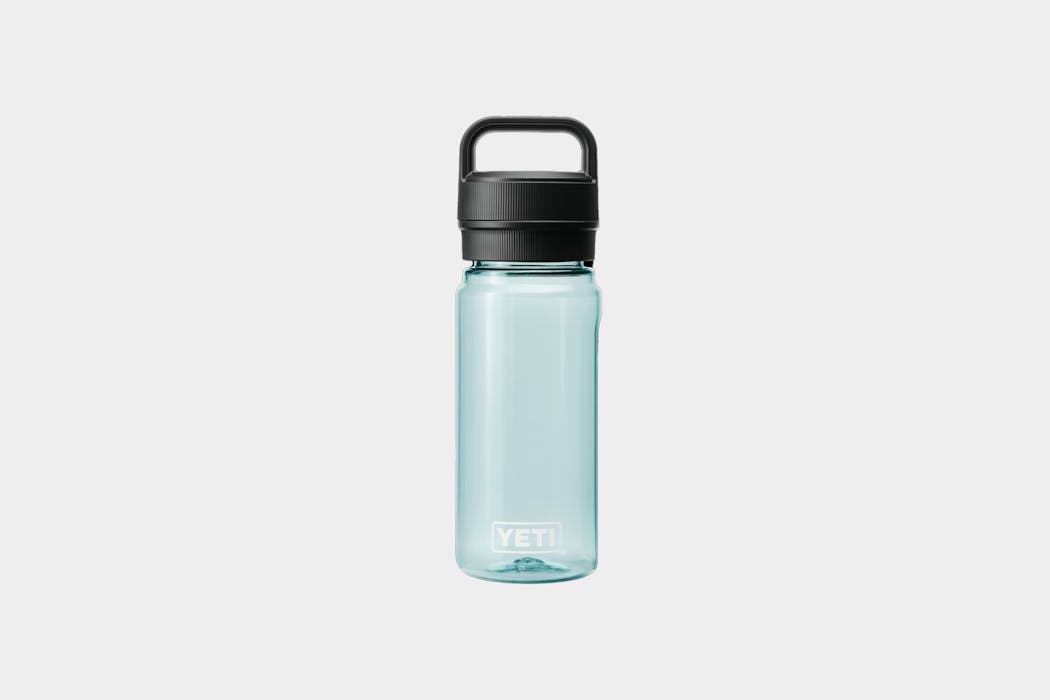
Get your questions about the NITECORE TIKI answered from our team and the Pro Community right here on the page. Plus, join discussions with other members about gear, guides, and more.
Join Pack Hacker Pro or, Sign In